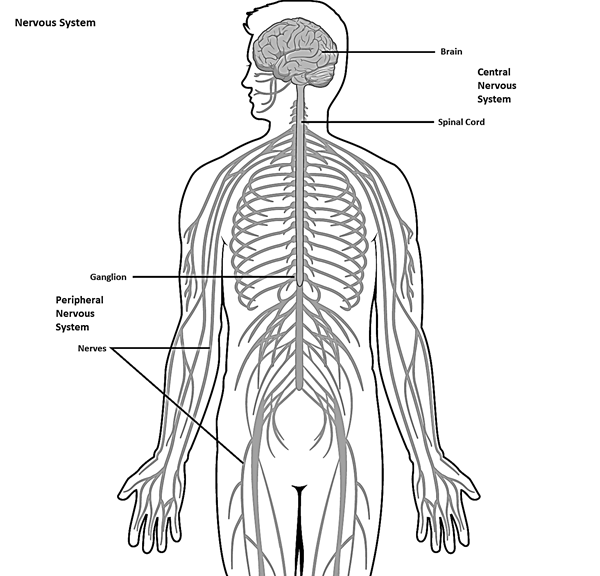Corona Radiata
Corona Radiata is a collection of nerve fibers present in the brain that carries messages between the brain cells of the cerebral cortex and the brain stem. Both brain stem and cerebral cortex play a role in motor function and sensation and it is the corona radiata that links both sensory and motor nerve pathways between these structures.
Neuron Structure
A neuron is defined as the functional unit of the body system called the nervous system. It is significant in transmitting signals that include receiving and sending the signals from a portion of the brain. The neurons are considered specialized cells in terms of their structure.
Afferent Neurons
Neurons are electrically excitable cells in the body specialized for receiving and transmitting information. They are referred to as the structural units of the nervous system. The important parts of a neuron include the cell body, dendrites, and axons.
Motor Homunculus
The term homunculus is Latin and is referred to as ‘little man’. In neuroanatomy, the cortical homunculus is either the motor or sensory distribution along the cerebral cortex of the brain. It was discovered by the great scientist ‘Wilder Penfield and Edwin Boldrey in the year 1937. It is a map that corresponds body part to touch sensitivity. The proportion of the sensory cortex to the size of the body region is irregular. For example, a small area is devoted to sensations that are arising from the trunk, and a large cortical area is devoted to the face and lips.
Nervous System
The nervous system is the portion of an animal's body that controls and transmits signals between various parts of the body. The central nervous system (CNS) and the peripheral nervous system (PNS) are the two primary components of the nervous system in vertebrates. The brain and spinal cord are housed in the CNS. The PNS is made up primarily of nerves, which are long fibers that link the CNS to every other part of the body, but it also includes peripheral ganglia, sympathetic and parasympathetic ganglia, and the enteric nervous system, which is a semi-independent part of the nervous system that regulates the gastrointestinal system.
Which are the structures
that are part of the nervous
system?
Introduction
Nervous system is the main controlling centre of the body which controls all voluntary as well as involuntary activities of the body such as locomotion, digestion, metabolism, respiration etc.
Nervous system is divided into two sub parts:
- Central Nervous System
- Peripheral Nervous System
Central nervous system is the major portion of the controlling unit which comprises of control and command centre. CNS comprises Brain and Spinal cord.
Peripheral nervous system is the conveying or the transmitting body which conveys the message from the CNS to different parts of the body. PNS comprises of neurons and associated cells.
Brain is located in the skull having outer hard covering called as cranium. Brain comprises of Cerebellum which contains the major centres which control the speech, recognition and locomotion. It also processes the visual and other sensory signals such as smell, hearing etc.
Spinal cord arises from the posterior part of brain and extend towards the lower body through the vertebral column. It contains the cranial nerves. These cranial nerves innervate into cervical, thoracic and lumbar regions and associated visceral organs.

Step by step
Solved in 3 steps with 2 images









